When you purchase through links on our website, we may earn a commission. Affiliate disclosure.
I was sent the Ribble CGR AL e to review at the end of 2020, and this article is a summary of my thoughts based on the initial test ride, and subsequent rides around the hilly Cornish countryside. CGR means Cross, Gravel, Road and based on my findings it certainly lives up to its name.
| Motor | Mahle X35 Rear Hub Motor |
| Power | 250-watts (Continuous) |
| Battery | 252Wh Panasonic Cells |
| Range | 30-80 miles – Dependant on how often assist |
| Weight | 13.6kg (Large Frame) |
| Gearing | SRAM Rival 1 x 11-speed |
| Brakes | SRAM Rival Flat-Mount Hydraulic |
| Availability | Visit Ribble Cycles |
Pros
- Lightweight
- Comfortable
- Great handling
- Nice groupset
- Smooth power delivery
Cons
- Assist may not be enough for some riders
- Small Battery
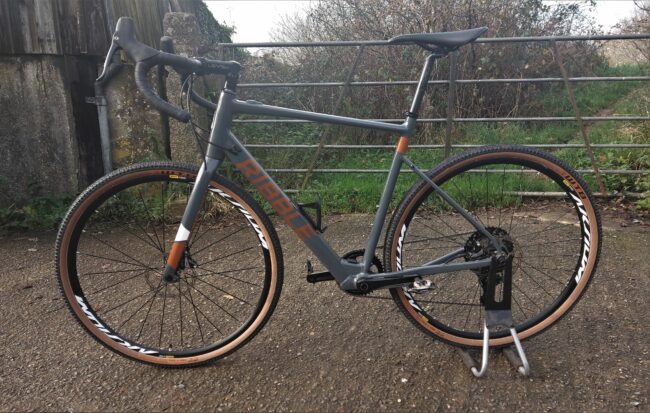
Ribble really helped break the e-bike mould a couple of couple of years back when they released their SL e Endurance electric road bike. What was revolutionary about this bike was the fact it weighed less than 12kg, at a time when most electric bikes were closer to 25kg.
Weight has become a very important deciding factor for a lot of potential buyers, especially if they regularly need load their bikes on to racks or put them in the back of vehicles. Another factor is rideability – with a heavy e-bike, once the assist cuts-out at 15.5mph (25km/h) it can feel like you’re pedalling a tractor! Not so with the Ribble CGR AL e. Weighing in at just 13.6kg it weighs about the same as a regular steel-framed touring bike.
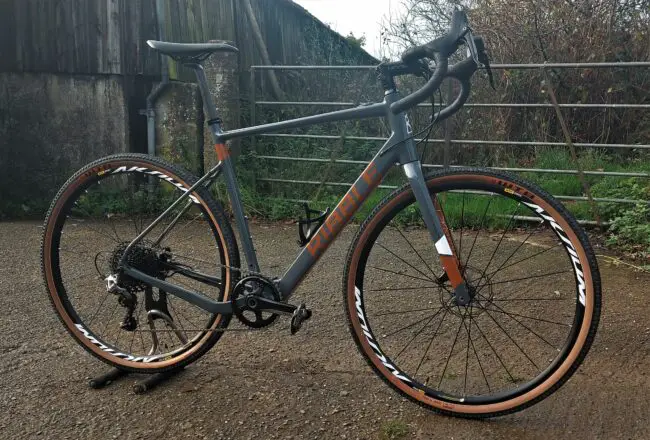
At the core of the CGR AL e is the same X35 ebikemotion drive system and battery – what makes the X35 so great is that the whole system weighs in at only 3.5kg. Not only that, but it is so small it can be neatly integrated in to the bike, so you have an e-bike that looks (and feels) just like a regular bike.
The Test Bike
I received the test bike very quickly, and it arrived very well packaged and unscathed. The test model sent to me uses the excellent SRAM Rival 1 x 11 hydraulic brake groupset with Mavic Aksium Elite Gravel-specific wheelset and WTB Riddler TCS 700 x 45c tubeless gravel tyres.
Once I’d assembled it, I took the liberty of weighing it and it came in at 13.4kg without pedals (large frame). I was eager to take it out for a quick spin down the road for a couple of miles and without even switching on the e-assist, it felt very responsive and quick off the mark. Even on moderate hills you could put some power through the pedals and it felt like a regular gravel bike weighing a few kg’s less.
The great thing about the Ribble CGR AL e is you can have the best of both worlds – you have e-assist when you need it, but the feel of a regular bike with the assist off.
After I had fully charged the battery, I decided to take it on a round trip to the third highest point in Cornwall (Caradon Hill). Usually, I would take the road route, but since I was on a gravel bike I decided to take the direct off-road route to the top – this is basically a very steep (15-20%) moorland grass track which is littered with ruts, rocks and sheep!
It’s fair to say the Ribble CGR AL e performed excellently, I still had to put a fair bit of effort in, but I could stay seated and the wide, grippy tyres coped very well with the damp conditions. Once I’d reached the top, I paused for some photos and then headed back down the same track at a rate of knots. The Ribble descended confidently and despite a couple of hairy moments I made it back down in one piece.
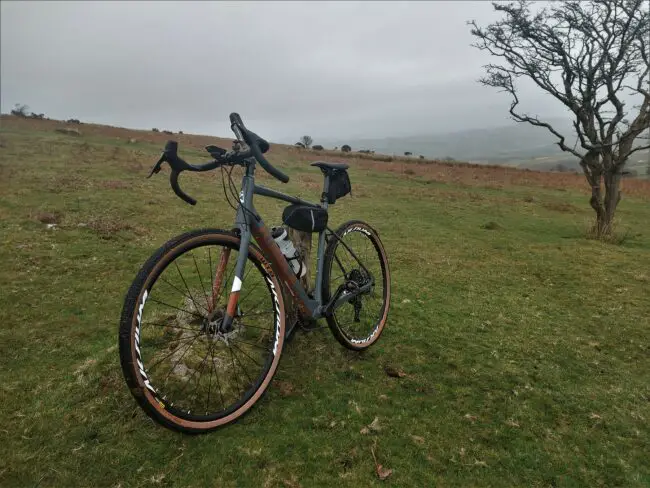
The total ride distance was 16 miles with 1604ft of climbing. I only used the lowest power setting on the way there, and only tried out full power for the steep off-road section to the top of the hill. By the time I got back home, the battery indicator was still showing white, indicating that I hadn’t used that much battery at all – there are three battery levels in total: White, green and red.
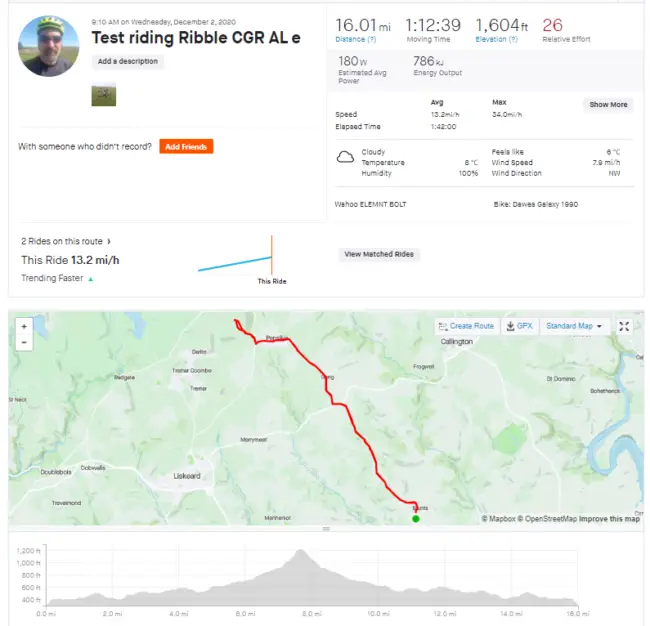
Controlling the pedal assist couldn’t be easier. There is a simple button on the top tube (near the steerer). One press switches the system on, a double press switches up power modes – white is off, green is ‘eco’, orange is ‘normal’ and red is ‘full power’. There is also a compatible smartphone app which can show the rider much more information, but I haven’t had a go with that yet (I will post an update in due course).

My overall impressions were extremely favourable. The Ribble CGR AL e is great fun to ride with or without the assist switched on. The motor provides seamless and virtually silent assist from the small hub motor, and once you go beyond the speed limit (for the motor) you really don’t notice it. I also found it incredibly comfortable – I didn’t experience the ‘pins and needles’ I sometimes get on my regular road bike, and the Prologo Kappa RS saddle was a perfect fit for me.
Read on for a detailed break-down of the components and my final thoughts on the CGR AL e.
Configure and Buy the Ribble CGR AL e
Electric components
As I’ve mentioned above, most electric bikes are still very heavy. This is usually down to the weight of the mid-drive motors and large batteries used as well as frame design and accessories. Because the Ribble is so light, there is no need for a heavy battery or motor. The CGR AL e is designed to be a dual purpose bike, that can be used as a regular bike or e-bike whenever the rider feels like some extra assistance. Some people may argue that the 13.6kg weight negates the benefit of e-assist, but my old steel framed Dawes Galaxy touring bike tips the scales at just over 14kg and I’ve covered over 10’000 miles on that over the last three years.
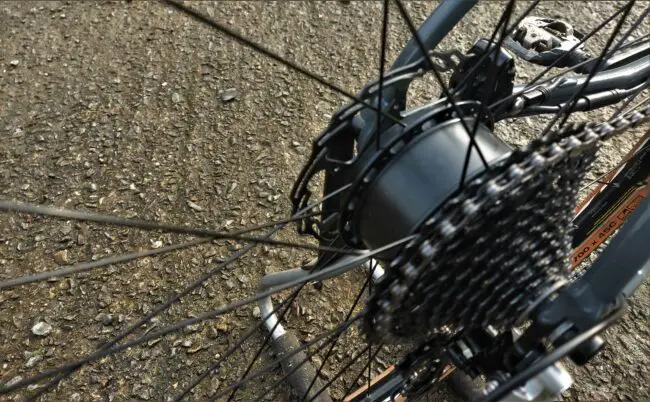
X35 Ebikemotion System
The X35 ebikemotion is now used by many major brands for their lightweight e-bike options. Ribble and Orbea were a couple of the first bike manufacturers to notice the benefits of such a lightweight and integrated system. Now many more companies like Cannondale are using the X35 on bikes like the SuperSix Neo Evo.
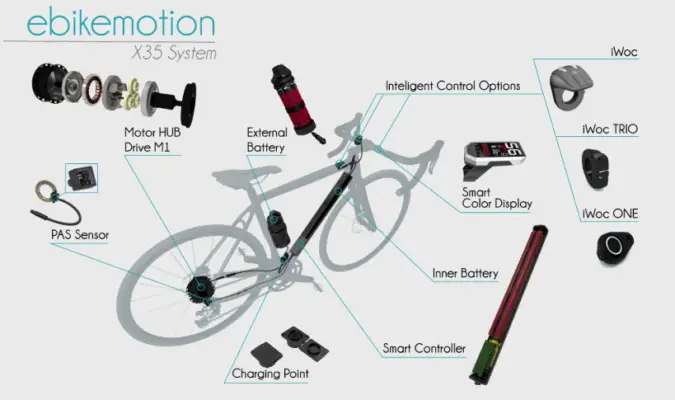
My own personal e-bike uses the Shimano Steps E6100 motor and weighs in at just over 19kg. It’s true that mid-drives produce more torque and sheer grunt for getting up hills, but even though I can ride my Vitus Mach E without the assist on for many miles, it lacks the zesty, lightweight feel of the Ribble.
One of the good things about the motor fitted to the Ribble is it’s designed to enhance and complement your ride. I could imagine going for a 100 mile ride and only using the assist on the hills when fatigue started to set in. The CGR AL e can easily be used as a tool for training, by speeding up hilly rides and allowing the rider to stay in a more suitable heart rate zone.
Battery

A small 250Wh (watt hour) battery is neatly concealed inside the frames downtube. The battery uses very high quality Panasonic NCR18650GA cells which are renowned for reliability and longevity. Battery range will really depend on a number of factors including rider weight, how hilly the terrain is, wind direction and how much assist is used. If you were to use it in full power mode constantly and stay within the 15.5mph cut-off zone, then you would deplete the battery in about 20-25 miles. If you only use ‘Eco’ mode and spend more time riding with the assist off or above the cut-off limit, the ranges of 60 or even 80 miles are possible.
Of course, if you do find yourself running out of power a few miles from home, the CGR AL e rides just like a regular bike without assist.
Bike components
The CGR AL e is available in many different options, which can be configured using the ‘Ribble bike builder’ option. You can spec wheelsets, groupsets, carbon fibre components, tyres, so on and so forth. The test model I received was kitted out with gravel-specific SRAM Rival 1 x 11 groupset, Mavic gravel wheels, WTB gravel tyres and carbon seatpost.
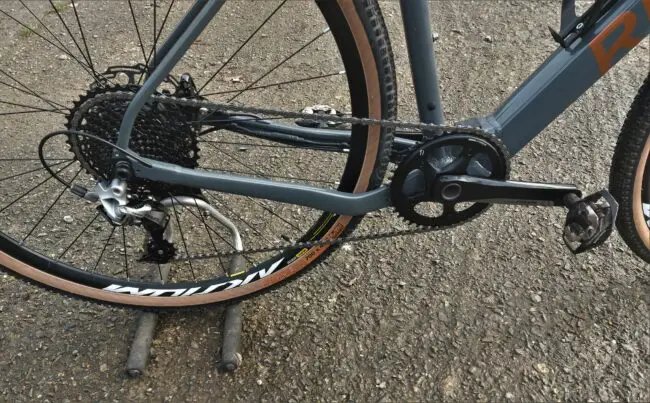
Gearing
The CGR AL e is available with numerous groupset options. Starting with Shimano Tiagra, then moving up to 105 and finally Ultegra. There is also the SRAM Apex 1 option (although the test bike had SRAM Rival fitted). The SRAM Rival fitted to the test bike worked an absolute treat, shifting was crisp and precise. My only criticism was the gearing was probably a bit too high for serious off-road climbing. I climbed a very steep moorland grass track which was very uneven and I had to give it everything I had even with the power on full. As I’ve mentioned in my video review, I reckon a 38t front chainring with an 11-46 cassette would offer much better gearing for regular off-road riding.
Configure the CGR AL e using Ribble cycles bike builder
The Shimano Tiagra, 105 and Ultegra options all use a regular compact road double crankset with a 50/34 and 11-32 cassette (although you can spec an 11-34) – I’m hoping Ribble can also offer a Shimano GRX option in future as I think it would be far better suited with a 46/30 upfront and 11-34 cassette at the rear.
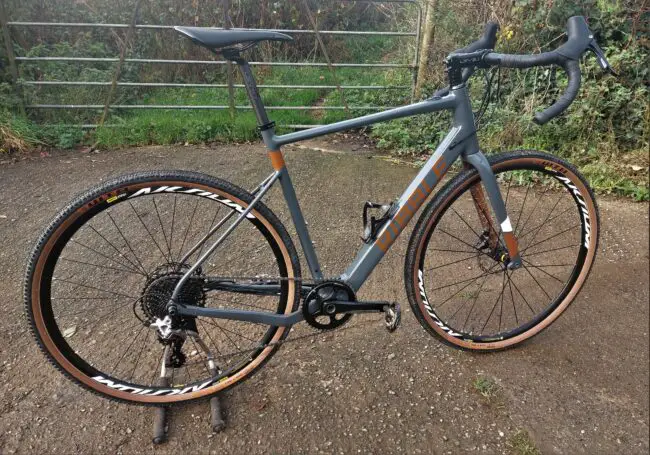
Brakes
The test model used the excellent SRAM Rival hydraulic brakes, and worked a treat on the slippery descent down Caradon hill. Considering I weigh 17.5 stone they did a great job of slowing me down in a very controllable manner. The entry level Tiagra version uses mechanical disc brakes, which should be fine for regular day to day riding and commuting. All the other Shimano equipped versions use hydraulic brakes.
Wheels and tyres
There are two size options available – 650b or the more tradition 700c. The bike pictured was fitted with Mavic Aksium Elite Evo’s shod in WTB Riddler TCS 700 x 45c gravel tyres. The wheelset was typical Mavic quality with very smooth running bearings and tough, flat-bladed spokes and a deep rim profile. The WTB tyres gave plenty of traction for ascending and descending in the wet, murky conditions of my first ride.
Frame and finishing kit
The alloy frame is incredibly well finished, with smooth welds and a deep gloss paint finish. There is also a full carbon fork with thru-axle. The frame geometry is classic gravel bike, with a very relaxed riding position. I’ve only ridden 16 miles so far, but I have a longer ride planned in the next couple of days. The Prologo Kappa RS saddle combined with the (optional) carbon seat post made for a very comfortable ride.
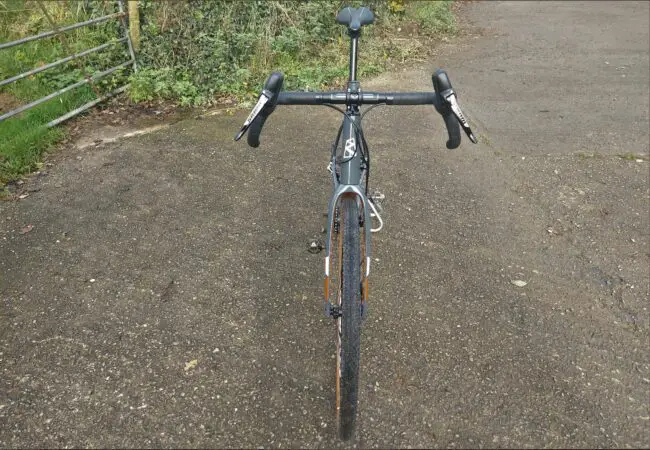
The flared drop gravel bars were also incredibly comfortable, and I didn’t experience the numbness in my hands I sometimes get on traditional drops. I think the comfortable hoods and light action of the SRAM shifters also helped.
Who is the Ribble CGR AL e aimed at?
If you like road bikes, but also want to venture off the beaten track, electric gravel bikes are the way forward. Some would argue that gravel bikes are just a marketing ploy by the cycling industry – we have after all had cyclocross bikes and rigid MTB’s for years. I think the bottom line is they’re fun to ride, on or off road. On my way up to the moors, I had about 7 miles of road riding and the Ribble felt very comfortable and responsive. The larger volume tyres did a great job of soaking up the pot holes and muck commonly found on country lanes.
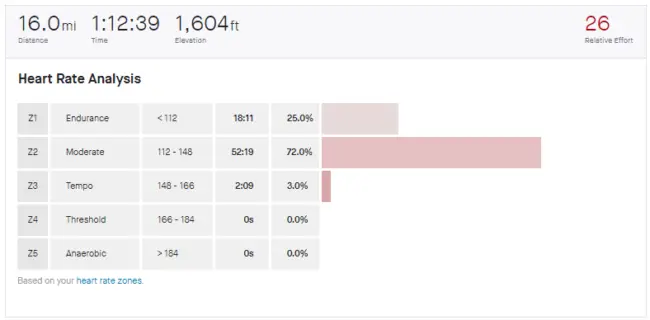
As a fast daily commuter, I couldn’t really think of a better bike – it’s comfortable, handles well and when riding on medium to full power very little effort is required to take you along at a very comfortable 15 mph. If you want to pedal beyond that it’s not a problem and I managed to comfortably maintain the low to mid 20’s on a flat(ish) section with a bit of a tail wind.
The CGR AL e will also be a great confidence booster to those returning to cycling after a long period out of the saddle or maybe older riders who are struggling to stay with younger riders on group rides.
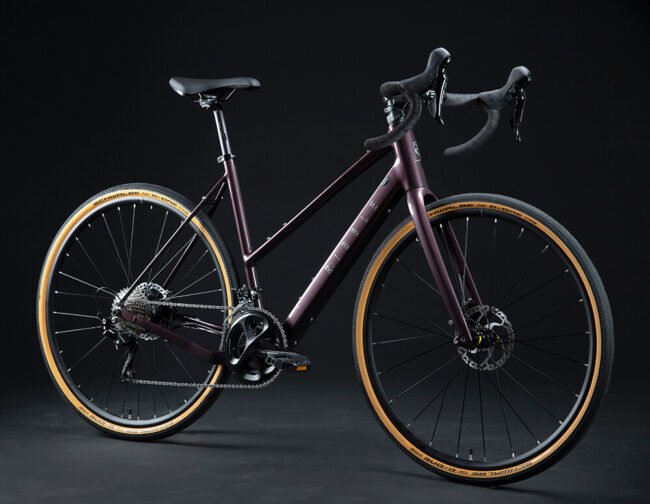
Ribble have also recently released a step-through frame version of the CGR AL e which is an excellent idea, and a first in the world of gravel bikes. This will open up gravel biking to a whole new range of potential riders.
Conclusion
The Ribble CGR AL e remains one of my favourite all-round electric gravel bikes. It’s competitively priced when compared with the competition and the fact you can customise the spec to suit your individual needs is a bonus. The Ribble is the number one choice on my list of the best electric gravel bikes because it’s a comfortable, well-built and capable machine that handles well.
It should be noted that the Ribble won’t be for everyone. The X35 ebikemotion motor is designed to give you a useful push when you need it the most, but some riders who are expecting the kind of assist you get from a Bosch CX or Shimano Steps motor will be disappointed. That’s not the point of the CGR AL e, mid-drive electric bikes are inherently heavy and sometimes difficult to ride with the assist switched off (with the exception of the Fazua). With the Ribble you can choose when you use the e-assist and not be penalised by excessive weight when you choose not to.
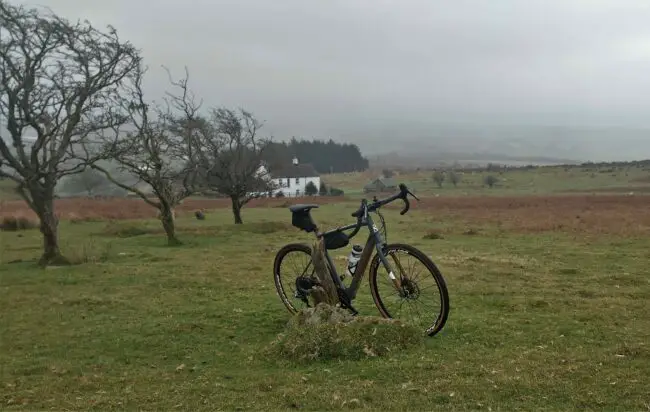
My own personal e-bike uses the Shimano Steps E6100 motor and that is a different beast altogether – but it does weigh in at nearly 6kg heavier than the Ribble. What is boils down to is what your own expectations are. If you’re already reasonably fit and are looking for a way to reduce fatigue on longer or hillier rides then the Ribble is a game changer. There is also a useful range extender available if you are planning 100+ mile days in the saddle.
I’m hoping to keep hold of the Ribble CGR AL e for at least a couple of weeks, and will be doing longer rides along with a couple of accompanying YouTube videos, I will report back on battery range and post some more photos on this article.
Do I recommend the CGR AL e? Absolutely! It’s a cracking e-bike and if you’re looking for a ‘do it all’ electric bike that’s lightweight, fast on the road and capable on gravel and single track then the Ribble is for you.
Visit Ribble Cycles for more information on the CGR AL e
Thanks for reading and if you have any questions regarding the Ribble CGR AL e, please leave a comment below and I will get back to you within 24hrs.

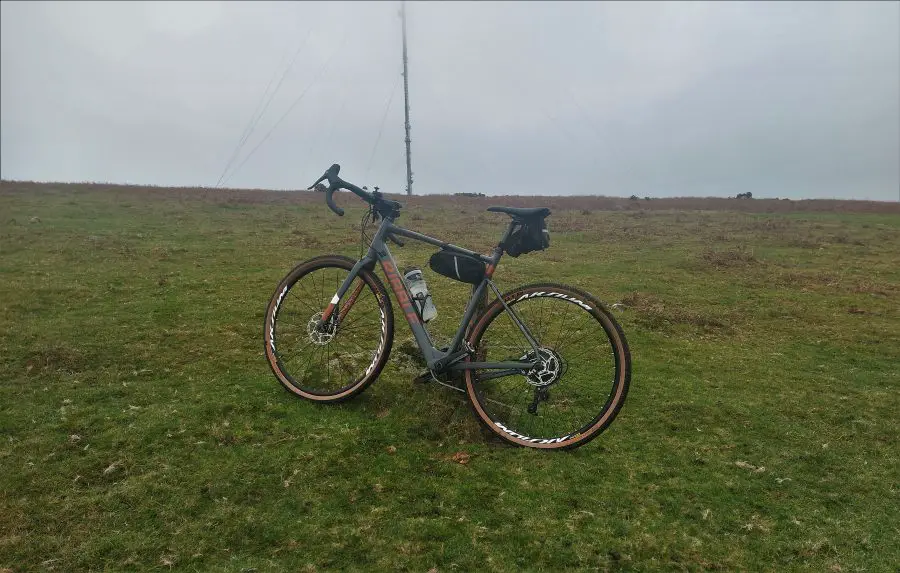
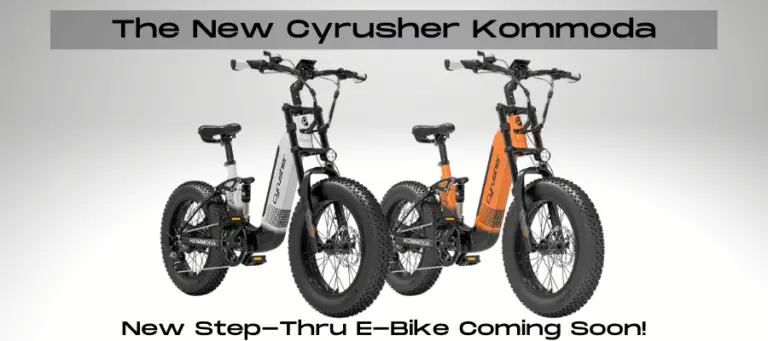
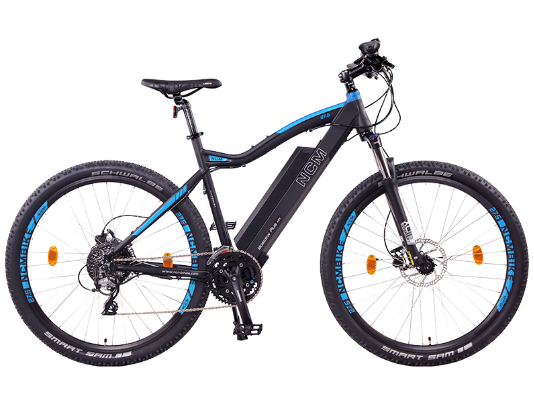
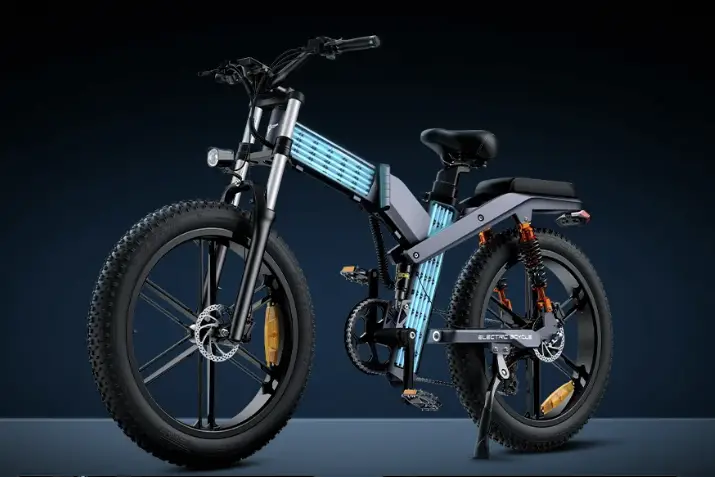
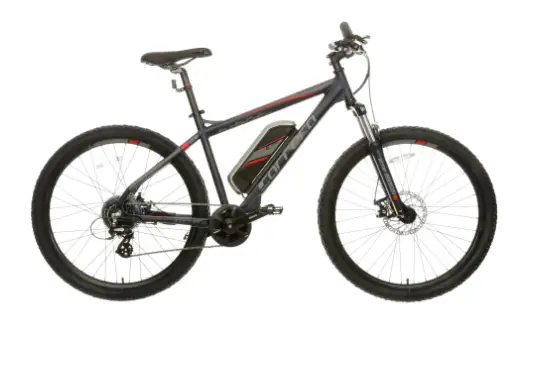
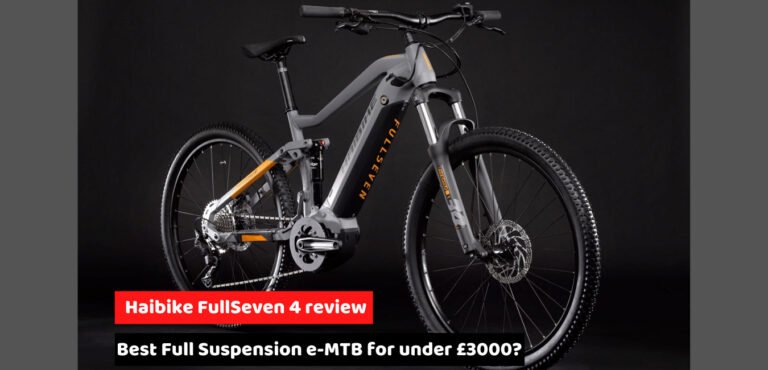
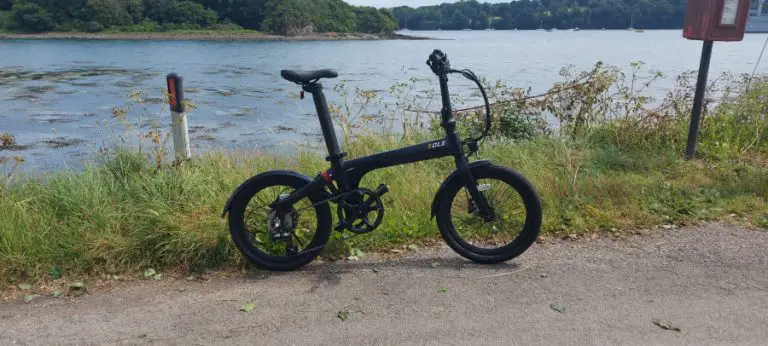
Great review and really helpful, as my wife and I are in the process of buying an e-bike each in the new Year and were already taken by the look and features of the Ribble CGR AL e.
We both day leisure cycle and do some longer weekly touring in the UK and abroad with medium weight panniers. I feel we need to find a bike with a 20″ – 100″ approx gear ratio – to include a low granny (ish) gear to get us up longer climbs with panniers attached. Do you think the gear ratios of any of the e models currently on offer through Ribble would be suited to our purposes?
Best regards,
Andrew & Jenifer
Hi Andrew and Jenifer,
I’ve just handed the Ribble back having tested it over a week and it really is a great e-bike. What impressed me the most was it weighed in at slightly less than my old Dawes Galaxy and it rode like a regular bike with the e-assist switched off. If Ribble had the option of the Shimano GRX groupset with the sub-compact 46/30 crankset and 11-36 11-speed cassette that would be ideal, but I don’t see that groupset on their bike builder options. The standard GRX medium cage rear derailleur has a low capacity of 34t, but I’ve used similar derailleurs with a 36t without any problems (just some ‘b’ screw adjustment). It might be worth contacting Ribble to see if they could fit this groupset as it is available on the standard CGR AL.
The other option would be to go for the SRAM Apex 1 set-up and request a 38t or 40t single chainring with a Sunrace 11-46 rear cassette – the SRAM derailleur will handle the 46t low with roughly two full turns of the ‘b’ screw. There is a wider gap between the gears and you will sacrifice top speed, but I think it’s a good, reliable 1 x set-up for a touring bike. I used a 38/28 on my Galaxy as I found I spent most of the time hovering around the 12-13mph mark especially when cycling around Cornwall and Devon.
Have a chat with them and see what they say, I’ve always found them very helpful and willing change specs a little to suit customers individual requirements.
All the best,
Tony
If touring, especially abroad, might you want to consider the logistics of charging when the battery is lodged in the frame?
Looking forward to seeing more of the Ribble in action – I would love to see a comparison test of the e bikemotion/Mahle, Fazua and Specialized/Mahle 1.1 motors. I think these being the 3 major lightweight options available currently. Guessing fro bike overall weights that ebikemotion lightest, Speccy heaviest, but wondering if Fazua or Speccy more powerful?
I also wonder if Bosch the king of motors is tempted to enter this lightweight area? As it looks like it is taking off. Both Bosch & Mahle being German engineering giants I’m guessing the rivalry must be intense! Anyway with so many heavyweights now making motors including Shimano and not forgetting Yamaha it bodes well for development/choice over the next few years.
I’m hoping to get hold of a Cairn E-Adventure in the next couple of weeks, it would be nice if I still had the Ribble in my possession so I could do a side by side comparison – the Cairn uses the Fazua motor. I’m going to pop along to my local Specialized dealer to see if they’ll lend me Vado SL, that would complete the trio.
There’s a couple of Bosch-powered bikes out their which are fairly light. The one that springs to mind is the Canyon Grail:ON CF7 which weighs in at around 17kg, but starts at an eye watering £4699! The latest Cannondale Topstone e-bikes are also fairly light, but very expensive.
Tomorrow’s looking good so I’m going to do a coastal loop on the Ribble, I’ll make sure I take my camera and HRM and post the video in the next few days.
Cheers,
Tony
Great review Tony & I’ve enjoyed your exploration of these lighter e bikes – the Vitus ongoing review is very detailed and fascinating. I did look at buying this Ribble in the summer, but I was concerned about hills as I live just up the road from you on Dartmoor and it’s 20% gradients on the lanes all the way here! Because of Covid I couldn’t test ride plus Ribble had a 4 month waiting list, so In the end I went for a Specialized Vado SL 4.0 and I really love it. Been getting out 3 to 5 times a week right through the Noah’s Ark rains of November and the (finally) more cold and beautiful & dry weather recently. Like you I had a problem with the gearing, the Vado SL has a Praxis 44T chainring so I swapped it out for a Raceface 38T and my God the difference! It’s not just on the steepest gradients but it seems to hit a sweet spot for the motor on all the hills as it loves a faster cadence and now I can use ECO a lot more and it’s just more fun. I only saw your Vitus reviews recently and I would have been really tempted by that deal if I hadn’t already got the Vado SL as that looks a great bike too (and cheaper!). I may get 650b wheels and wider tyres in a few months as I find myself increasingly exploring the bridlepaths on the moor as my fitness improves. It reminds me of my teen MTB days in the 80s on the steel, no suspension, 26″ early MTBs – just exploring roads lanes and trails and simply having fun.
Billy
Hi Billy,
Glad you found the articles useful. I was very tempted to buy the Vado SL 4.0 after trying one out a while back, but I’m glad I went for the Vitus. Now I have the SRAM 1 x 11 with the 11-46 cassette at the back it’s made all the difference on the 15% climbs around the Lyhner and Tamar Valley. I’ve done quite a few rides over Dartmoor on my regular steel touring bike and my legs always feel destroyed after! I’m looking forward to heading out there on the Vitus over the Christmas holidays – the climb from Tavistock up to Princetown always gets me.
The Ribble is a great bit of kit. The assist isn’t a strong as on the Shimano Steps motor, but because the bike’s so light to start with it feels like you’re riding with a strong tailwind. I think the weather is going to be a bit more settled next week so I’ll take a video of me riding it on some gravel up on Bodmin moor.
All the best,
Tony